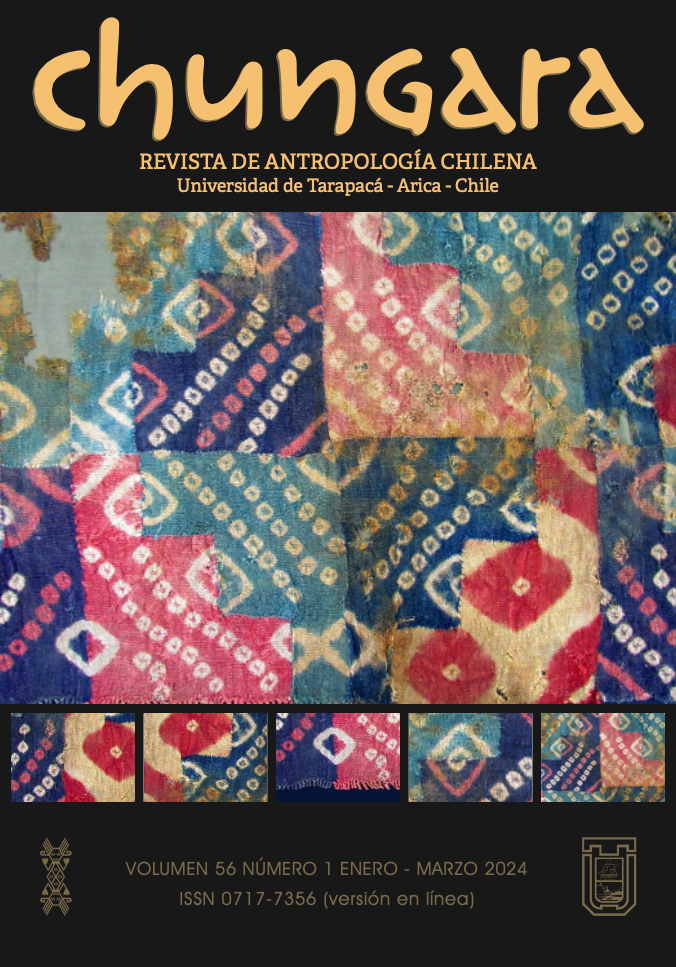ROCK-ART LANDSCAPES LINKED TO TRANSHUMANCE AND CARAVANS DURING THE REGIONAL DEVELOPMENTS PERIOD (900-1430 AD) IN THE SOUTH OF POZUELOS (PUNA OF JUJUY, ARGENTINA)
PAISAJES RUPESTRES VINCULADOS A LA TRASHUMANCIA Y AL CARAVANEO DURANTE LOS DESARROLLOS REGIONALES (900-1430 DC) EN EL SUR DE POZUELOS (PUNA DE JUJUY, ARGENTINA)
Silvina Rodríguez Curletto, Mirella Sofía Lauricella and Carlos Angiorama
This study discusses the implications for rock-art landscapes of the articulation between different modes of mobility and pastoral and caravan practices in the southern Pozuelos basin (Puna of Jujuy, Argentina) during the Regional Developments Period (900–1430 AD). From a theoretical-methodological approach that integrates the stylistic and contextual study as well as the archeology of landscape, it is proposed that people, animals and knowledge circulated in this micro-region via two types of mobility: pastoral transhumance and caravan traffic. In a context of interethnic conflict as suggested by several authors for this period, the analyzed rock-art landscapes show an iterative performativity that could be maintained and protected by a group that was probably local, which perpetuated through time a recurring logic and rituality, sustained by the same technical, compositional and conceptual knowledge found in the manufacture of rock art. Thus, this study proposes the existence of caravan and caravan/pastoralist locations along one of the southwestern routes entering and leaving the Pozuelos basin associated with a micro-regional mode of circulation that interacted in different ways with the interregional traffic networks.







